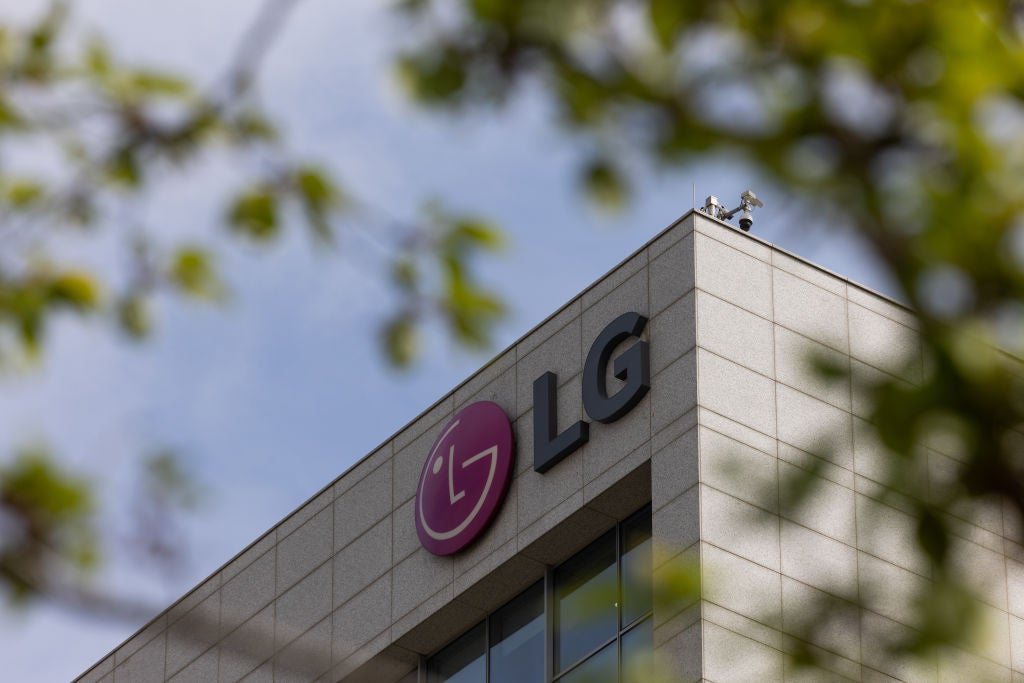Applied Materials had 54 patents in artificial intelligence during Q3 2023.One patent describes an integrated bonding system that optimizes bonding alignment between dies and substrates using preset alignment settings and machine learning to correct misalignments. Another patent involves generating training spectra for neural network training by combining training spectra from sample substrates and dummy spectra. A third patent discloses a method for determining the endpoint of an etch operation on a substrate based on plasma optical emission intensity and pattern recognition. Another patent involves using machine learning models to update process parameter values based on sensor data and substrate process data. Lastly, a patent describes a system that adjusts the operating parameter of a semiconductor processing station based on measurements of material thickness to achieve a target thickness. GlobalData’s report on Applied Materials gives a 360-degreee view of the company including its patenting strategy. Buy the report here.
Applied Materials grant share with artificial intelligence as a theme is 22% in Q3 2023. Grant share is based on the ratio of number of grants to total number of patents.
Recent Patents
Application: Machine learning & integrated metrology for run-to-run optimization of chip-to-wafer alignment accuracy (Patent ID: US20230274987A1)
The patent filed by Applied Materials Inc. describes methods, apparatuses, and systems for optimizing bonding alignment between dies and substrates in an integrated bonding system. The system includes a bonder, a transfer arm/robot, and an on-board inspection tool.
The method involves bonding a first die to a first substrate using preset alignment settings in the bonder. The bonded die-substrate combination is then transferred to the on-board inspection tool using the transfer arm/robot. The on-board inspection tool inspects the alignment of the bond between the die and the substrate to determine a misalignment measure. This misalignment measure represents the degree of misalignment between the die and the substrate.
Using a machine learning process, a correction measurement is determined based on the misalignment measurement. This correction measurement is then communicated to the bonder. The bonder uses the correction measurement to bond a different die to a different substrate.
The method also includes determining if there are any other dies to be bonded to substrates. The determined misalignment measure is compared to a threshold to determine if the misalignment is within an acceptable tolerance. If the misalignment is not within the acceptable tolerance, the correction measurement is determined. If the misalignment is within the acceptable tolerance, another die can be bonded to the first substrate.
If the misalignment is within the acceptable tolerance but is getting worse, the correction measurement is determined. The another die can be a die of a different type or a die bonded using a different bonder of the integrated bonding system.
After bonding the different die to the different substrate using the correction measurement, the bonded die-substrate combination is transferred back to the on-board inspection tool for inspection, and the process repeats.
The apparatus in the integrated bonding system includes a processor and memory. The memory stores programs or instructions that configure the apparatus to perform the steps described in the method.
The integrated bonding system includes a bonder, a transfer robot, and an on-board inspection tool. The bonder bonds a first die to a first substrate using preset alignment settings. The transfer robot transfers the bonded die-substrate combination to the on-board inspection tool. The on-board inspection tool inspects the alignment of the bond and determines a misalignment measure. Based on this misalignment measure, a correction measurement is determined using a machine learning process and communicated to the bonder. The bonder then bonds a different die to a different substrate using the correction measurement.
The system may also include additional chambers for pre-processing the die and substrate, as well as a different bonder for bonding dies of different types. The on-board inspection tool compares the misalignment measure to a threshold to determine if the misalignment is within an acceptable tolerance. If not, the correction measurement is determined. If the misalignment is within the acceptable tolerance but getting worse, the correction measurement is determined and the bonder bonds a different die to a different substrate using the correction measurement.
To know more about GlobalData’s detailed insights on Applied Materials, buy the report here.
Data Insights
From

The gold standard of business intelligence.
Blending expert knowledge with cutting-edge technology, GlobalData’s unrivalled proprietary data will enable you to decode what’s happening in your market. You can make better informed decisions and gain a future-proof advantage over your competitors.




